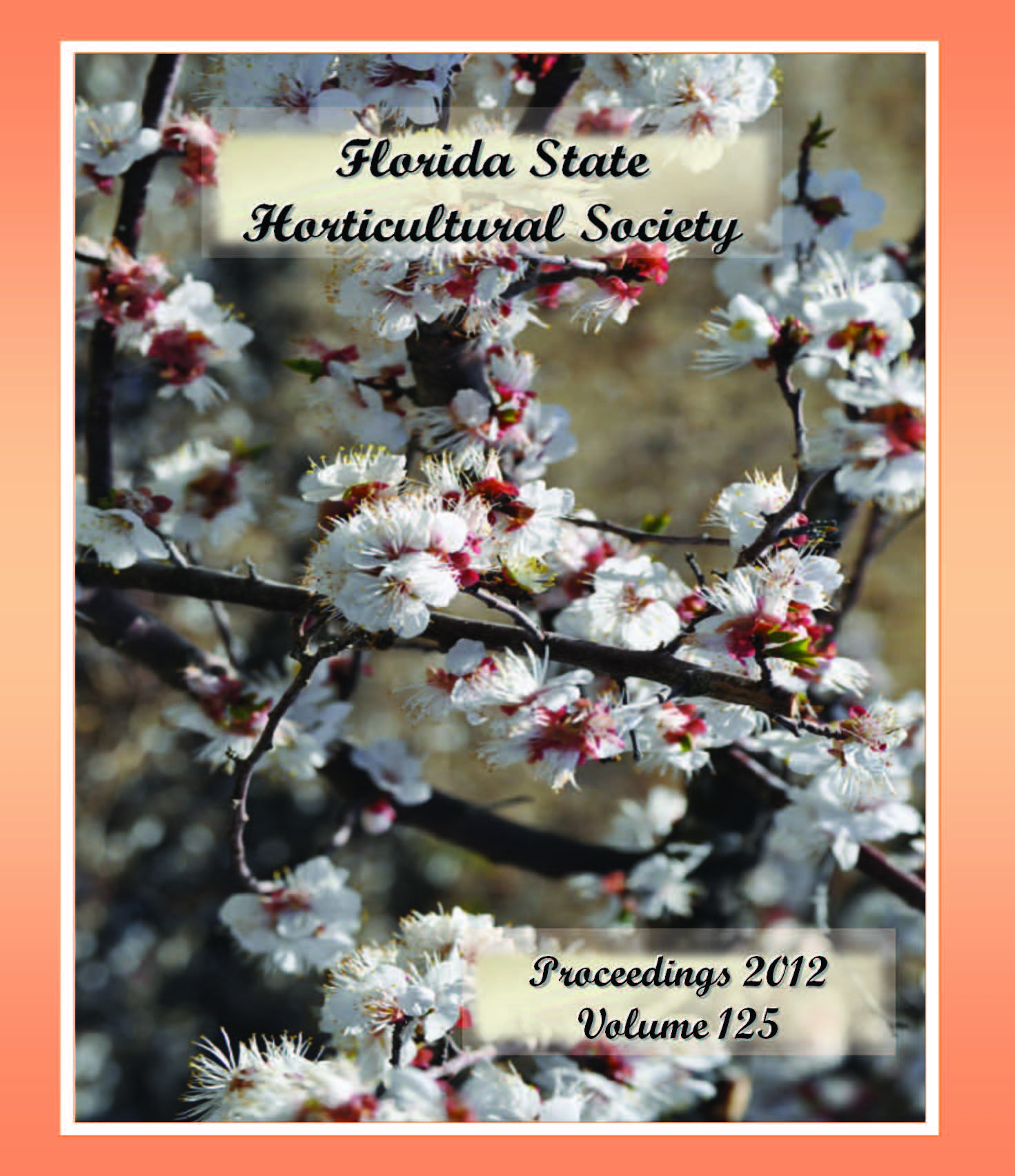Publicado 2012-12-01
Palabras clave
- algae,
- disinfestation,
- heterotrophic,
- plate count,
- sanitation
- sanitizer,
- water quality,
- water treatment ...Más
Resumen
A protocol was developed using Petrifilms™ to quantify the population densities of aerobic bacteria in irrigation water as an onsite monitoring technique. To validate this method, quantification of colony-forming units (CFU/mL) of aerobic bacteria in recirculated irrigation water was compared between Petrifilm and standard culture substrate, with 18 subsamples of 300 mL and 9 log dilutions. A Petrifilm is a dehydrated medium containing guar, xanthan gums, nutrients, and triphenyl tetrazolium chloride on a card with a plastic cover. The comparison method used the APPHA Standard Methods (#9215C.6c) for Heterotrophic Plate Count, using Spread Plate Method with R2A substrate. The substrate (Petrifilm or R2A), day (3 or 7), and their interaction significantly affected bacteria CFU/mL. Estimated CFU/mL (×104) using the Petrifilms increased from 50.1 on measurement day 3 to 83.1 at day 7, whereas use of the R2A substrate resulted in higher values of 65.9 at day 3 to 146.2 at day 7 (standard error = 4.0). Comparison of the estimated CFU/mL from Petrifilm to R2A required a conversion factor of 130%, 172%, or 292% when comparing counts from day 3 for both substrates, day 7 for both substrates, or day 7 R2A/day 3 Petrifilm, respectively. The results validate use of Petrifilm as a substrate for quantifying bacterial density in irrigation water, although a calibration curve is needed to interpret the results.

